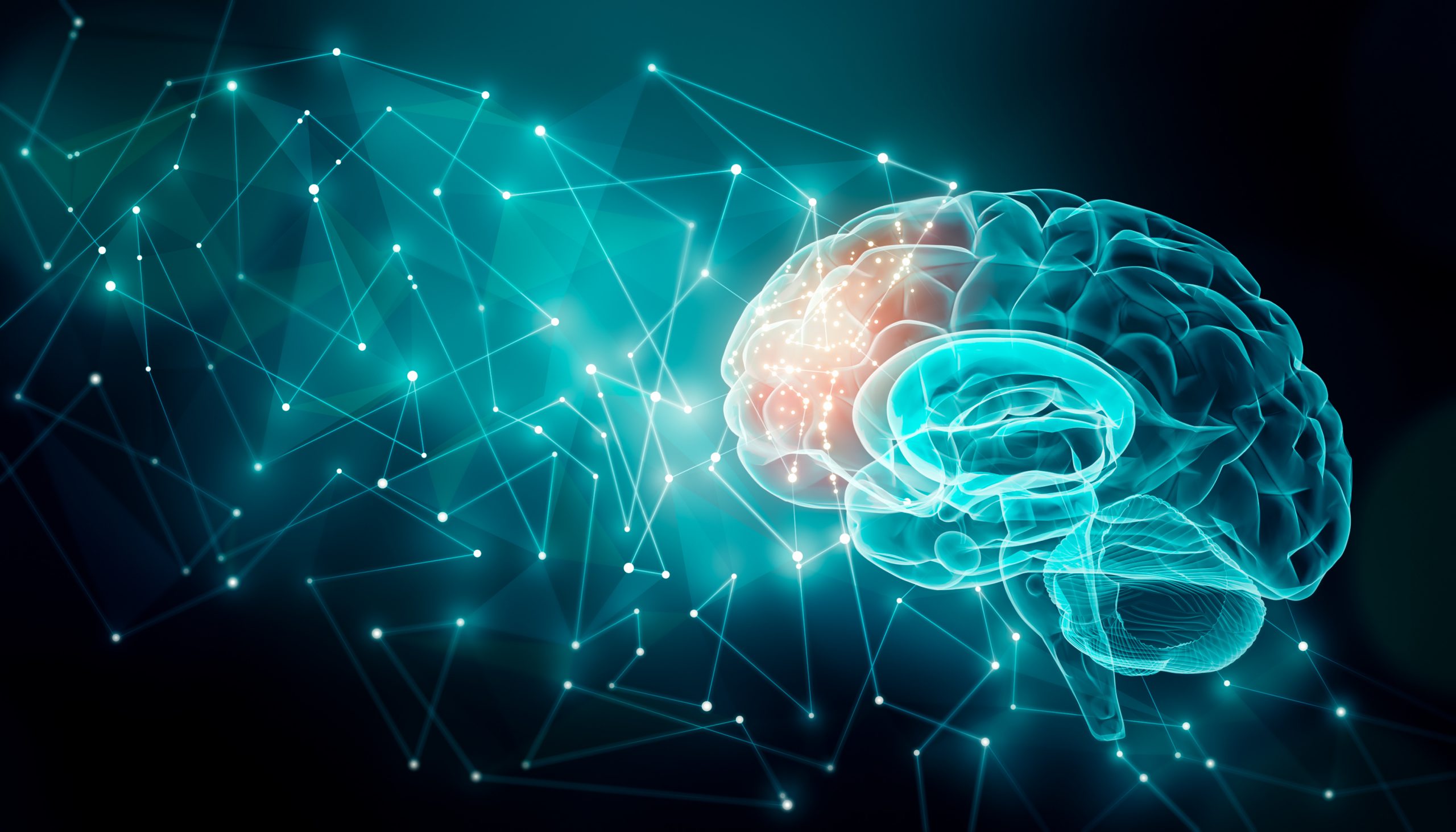Neurotechnology and biodesign: workshop outputs

Between September 2020 and February 2021, KTN Neurotechnology Innovation Network held a series of events showcasing 3 examples of biodesign approach and applications.
These events were designed to bring together clinicians, companies, academics, charities and other stakeholders in order to accelerate the development of new neurotechnologies to treat mood & psychotics disorders, neuropathic pain and stroke rehabilitation. Following these successful events, we are delighted to share the findings with you today. You can access and download the PDFs below.
Neuropathic pain – 19th September 2019
Neuropathic pain is caused by nerve disease or nerve damage. Between 7-10% of the general population suffer from neuropathic pain and with an ageing population, these figures are likely to increase. It can be a result of shingles, diabetes, surgery, stroke and many other causes and is described as a burning sensation, often causing excruciating pain. Other symptoms can include a sensitivity to touch, pins and needles, numbness, weakness, sleep disturbances and loss of balance. The complexity of neuropathic symptoms can make treatment decisions difficult, often resulting in poor outcomes.
Regular painkillers such as ibuprofen and paracetamol are generally not effective. But anti-epileptics, anti-depressants or opioids are sometimes used to treat the pain but can have numerous side effects.
There is growing interest in non-pharmaceutical alternatives: spinal cord stimulation, which has been in use for three decades, is a relatively safe, reversible and cost-effective long-term way of managing neuropathic pain. Brain-computer interfaces can provide neurofeedback for the treatment of central neuropathic pain following injuries to the spinal cord. There have also been exciting recent developments on visual feedback therapies using virtual and augmented reality to help with pain management for patients with spinal cord injury.
Click here to download the full workshop outputs
Mood and psychotic disorders – 12th November 2019
According to the charity Mind, approximately 1 in 4 people in the UK experience a mental health problem each year. However, 75% of people with mental illness currently receive no treatment and even when people are referred to NHS psychological services, 60% still don’t access any help.
Mood disorders are often treated with antidepressants and mood stabilising medicines; however, these can cause a wide range of unpleasant side effects. There are a range of non-pharmaceutical treatments currently being investigated and some are already available for patients. Neuromodulation techniques such as transcranial magnetic stimulation (TMS) are in use and are being evaluated in the NHS.
There have been some promising results for deep brain stimulation and vagus nerve stimulation in the treatment of depression. Recently, there have also been some very exciting studies which have shown that virtual reality has the potential to deliver rapid and lasting improvements in mental health.
This Workshop was held in collaboration with the University of Nottingham and NIHR MindTech MedTech Co-operative.
Click here to download the full workshop outputs
Stroke rehabilitation – 27th February 2020
Stroke is the main cause of disability in adults. Recovery from the neurological damage of a stroke is predicated on the adaptive capacity of the central nervous system. This neuroplastic process can be enhanced through intensive task-specific practice, stimulating environments, cognitive engagement and aerobic exercise.
Evidence from repeated observational studies indicate a general inability in the UK to deliver this standard of therapy through existing models. There is then a clear argument for the more widespread adoption of technologies to support the delivery of rehabilitation to stroke survivors. These technologies should be consistent with the principles of neuroplasticity, address the need to motivate, and be widely accessible, including a deployment in home and community environments.
Recent advances in brain-computer interfaces, robotics and brain & muscular electrical stimulation have the potential to significantly improve rehabilitation and will have the greatest chance of success when tailored to meet the needs of individual patients and used in combination.
This Workshop was held in collaboration with the University of Strathclyde

